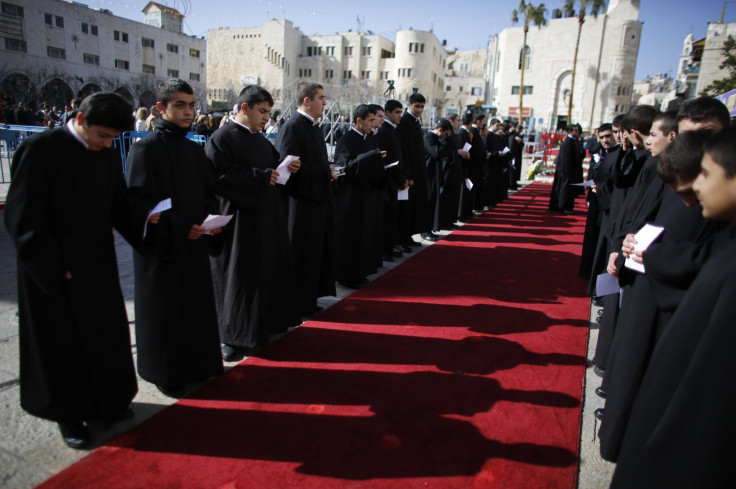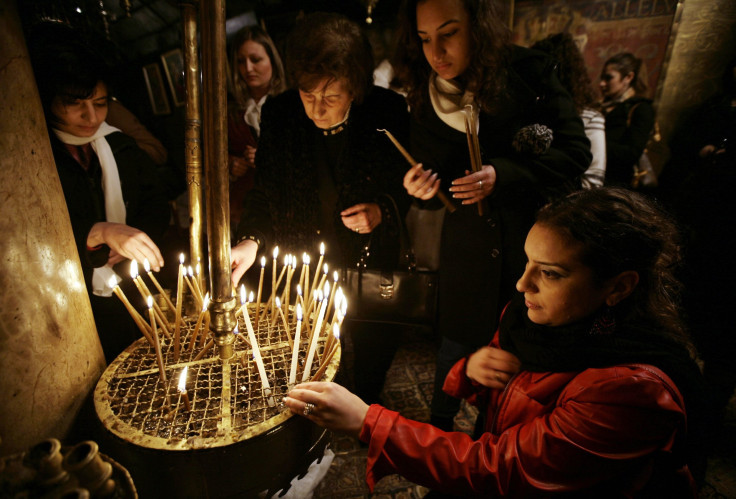When Is Armenian Christmas 2016? Jesus' Birth Celebrated Through Worship, Decorations And Feasts

Most people think of Christmas as falling on Dec. 25. And while that’s true for most of the world’s Christians, Armenians typically commemorate the day on Jan. 6. While in many ways the holiday is celebrated similarly to how it's celebrated by Christians elsewhere around the world, there are also some differences.
Armenians usually clean their homes before Christmas, and decorate a Christmas tree with fruit, white doves and golden bows. Tradition is to use the colors of the Armenian flag – red, orange and blue – when decorating the tree. Family and friends exchange gifts after a large meal on Christmas Eve, and afterward, tradition has it that children climb on the rooftops and sing carols.

Armenians typically abstain from eating meat during the week leading up to the holiday, and on Christmas Eve, they feast on a traditional fish and rice dish, according to Why Christmas. Desserts include dried fruits, nuts and distinctly Armenian dishes. Children often take presents like fruits, nuts and sweets to older relatives, and in the Armenian capital of Yerevan, a big Christmas tree is usually put up in the Republic Square. Some visit Bethlehem, the city of Jesus' birth, during the holiday.
In the Armenian tradition Santa Claus isn’t associated with Christmas but rather with New Year’s Eve, Dec. 31. Christmas is usually thought of as a day for religious devotion.
The Roman Catholic Church established Dec. 25 as Christmas in the fourth century, but Armenians kept to an older date, according to various sources. Armenians commemorate Jesus’ baptism through a ceremony wherein a priest uses a basil leaf to sprinkle water over worshipers. The tradition is called “Blessings of the Water.” Many also celebrate the “epiphany” – the moment it was revealed that Jesus was the son of God.
The Armenian Apostolic Church represents millions of Armenian Christians worldwide. Armenia, a country of nearly 3 million people, borders Georgia, Azerbaijan, Iran and Turkey, and about 5 million people with Armenian ancestry are believed to live around the world. The diaspora formed after the Armenian genocide in 1915. There are significant Armenian populations in Russia, the U.S., France, Georgia, Iran, Ukraine, Lebanon and Syria.
© Copyright IBTimes 2024. All rights reserved.






















